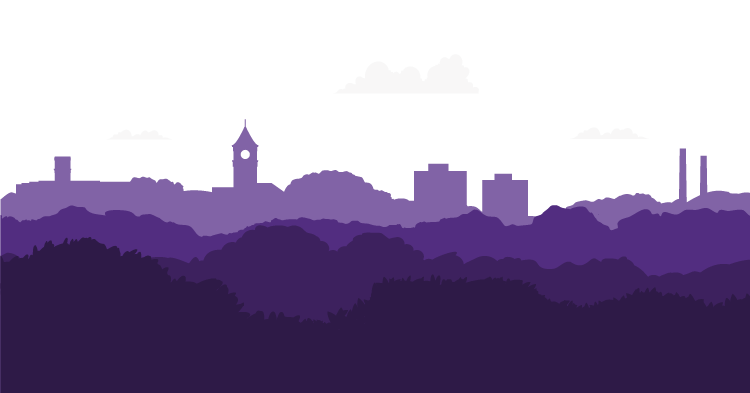Latin name: Baptisia australis
Common name: Blue false indigo
Flowers: Blue to violet flowers bloom along 10-12” long, upright stalks3, 12
Fruit: Two to 2.5” black pods follow flowering period3, 12
Height & Width: 3-4’ x 4’3
Type: Herbaceous perennial12
Habit: Upright12
Wetland indicator category**: Not available17
Texture: Medium4
Growth rate: Medium4
Light: Full sun to part shade4, 12
Moisture: Medium3, 10
Soil*: Tolerates clay, shallow, rocky soil; Acidic (pH<6.8), Circumneutral (pH 6.8-7.2)10, 12
Zones: 3-83
Origin: Midwestern to Southeastern United States, including South Carolina.16
Features: Blue false indigo features striking blue and violet flowers along tall, upright stalks in late spring followed by interesting black seed pods3. Baptisia australis also serves as a host plant for many butterfly species.4, 12
Siting: Baptisia australis grows best in moist, well-drained soil and in full sun conditions.3
Care: Plant crown at soil level18. At planting, water the roots and surrounding area slowly and deeply. Keep soil moist until plant is established, then apply enough water to thoroughly moisten the root zone when the soil is dry or during drought. Modify water recommendations to reflect site drainage and rainfall. Apply 3” of mulch over the planted area. Do not allow mulch to touch the plant stems18. Dead stems should be cut within 18” of the ground in late fall2. Transplanting is difficult due to its deep taproot system3, 4.
Pests: Plants are relatively pest resistant if cultural preferences are met.
Sources 1-18 found on Sources page

